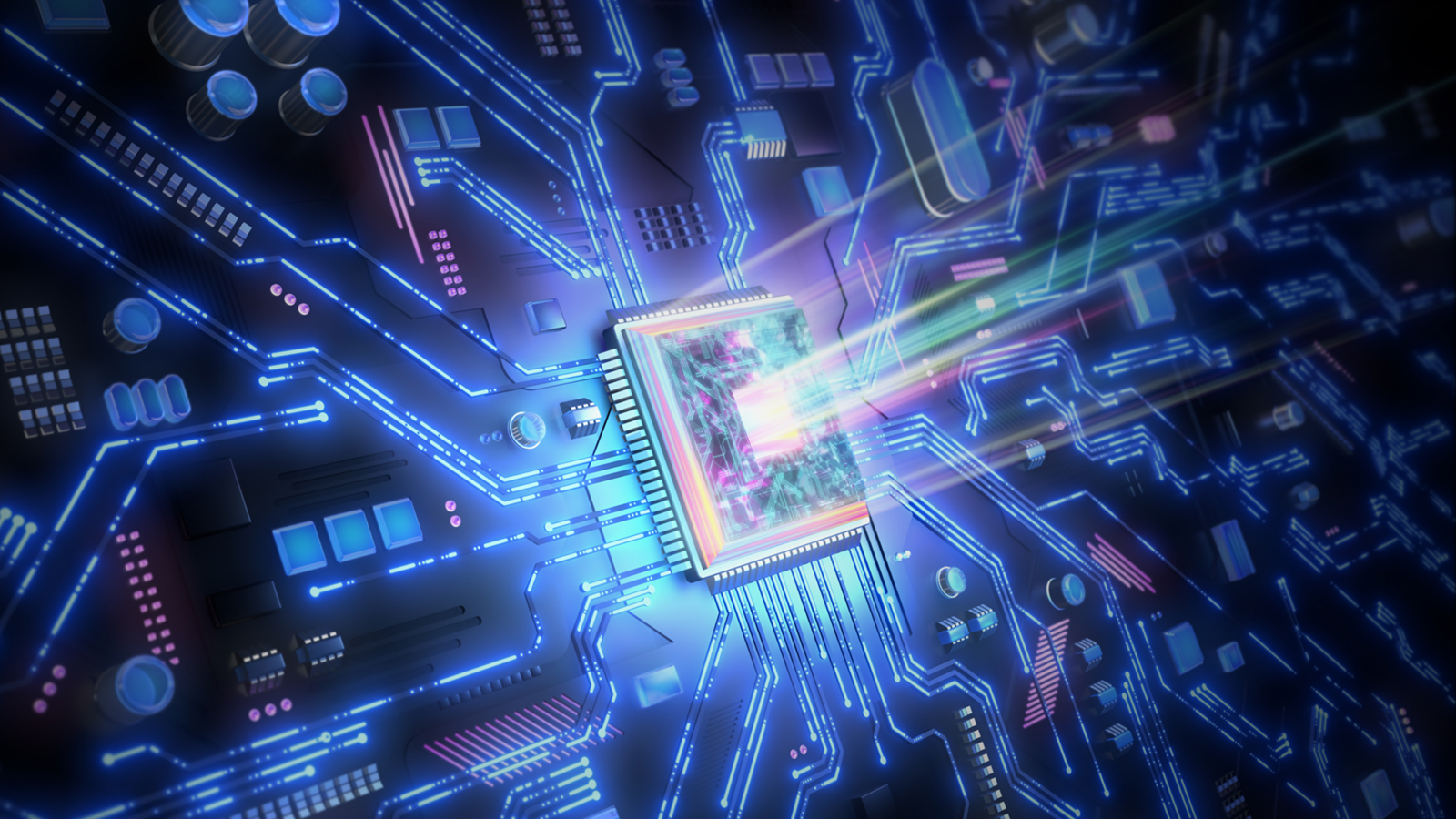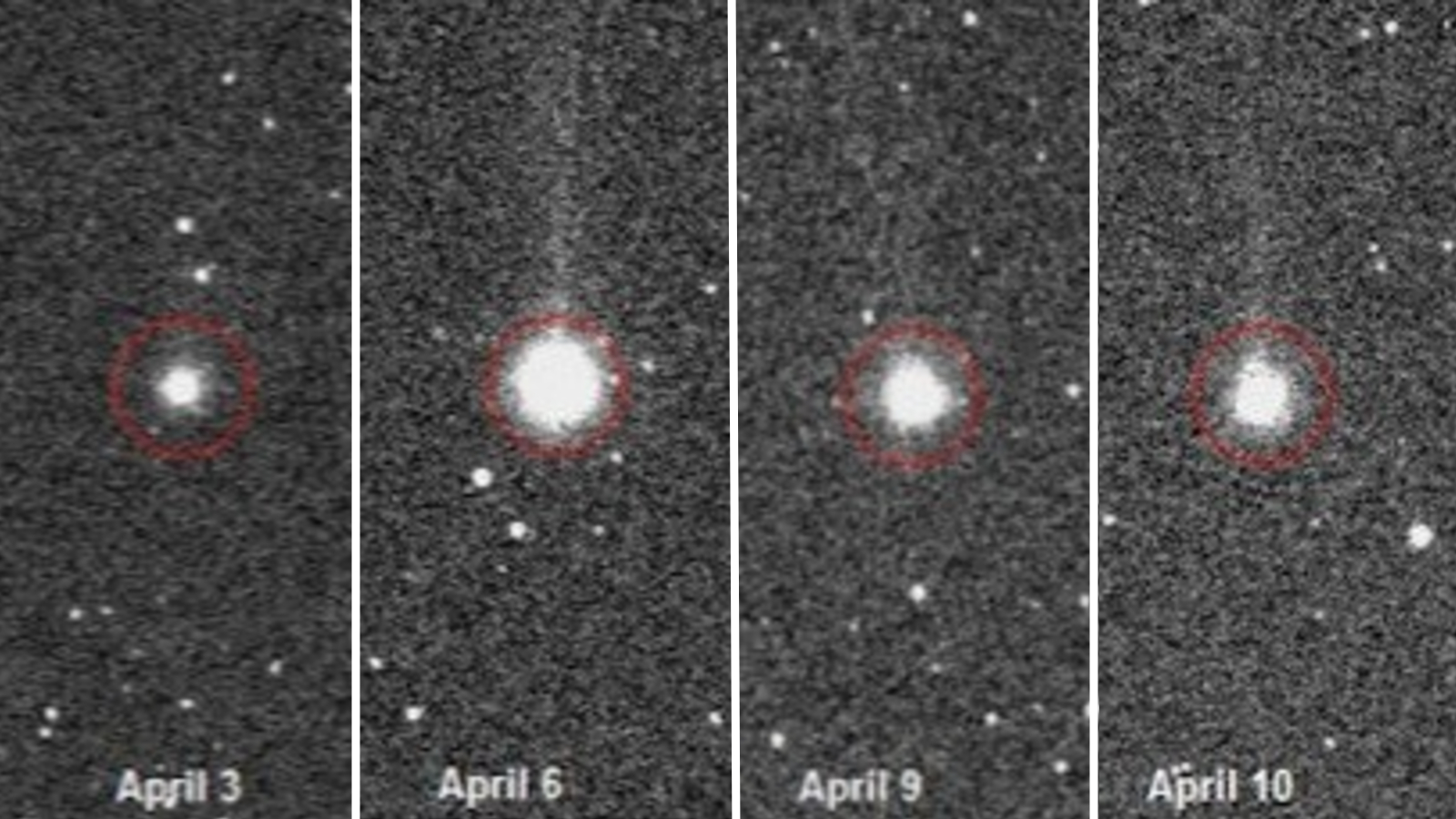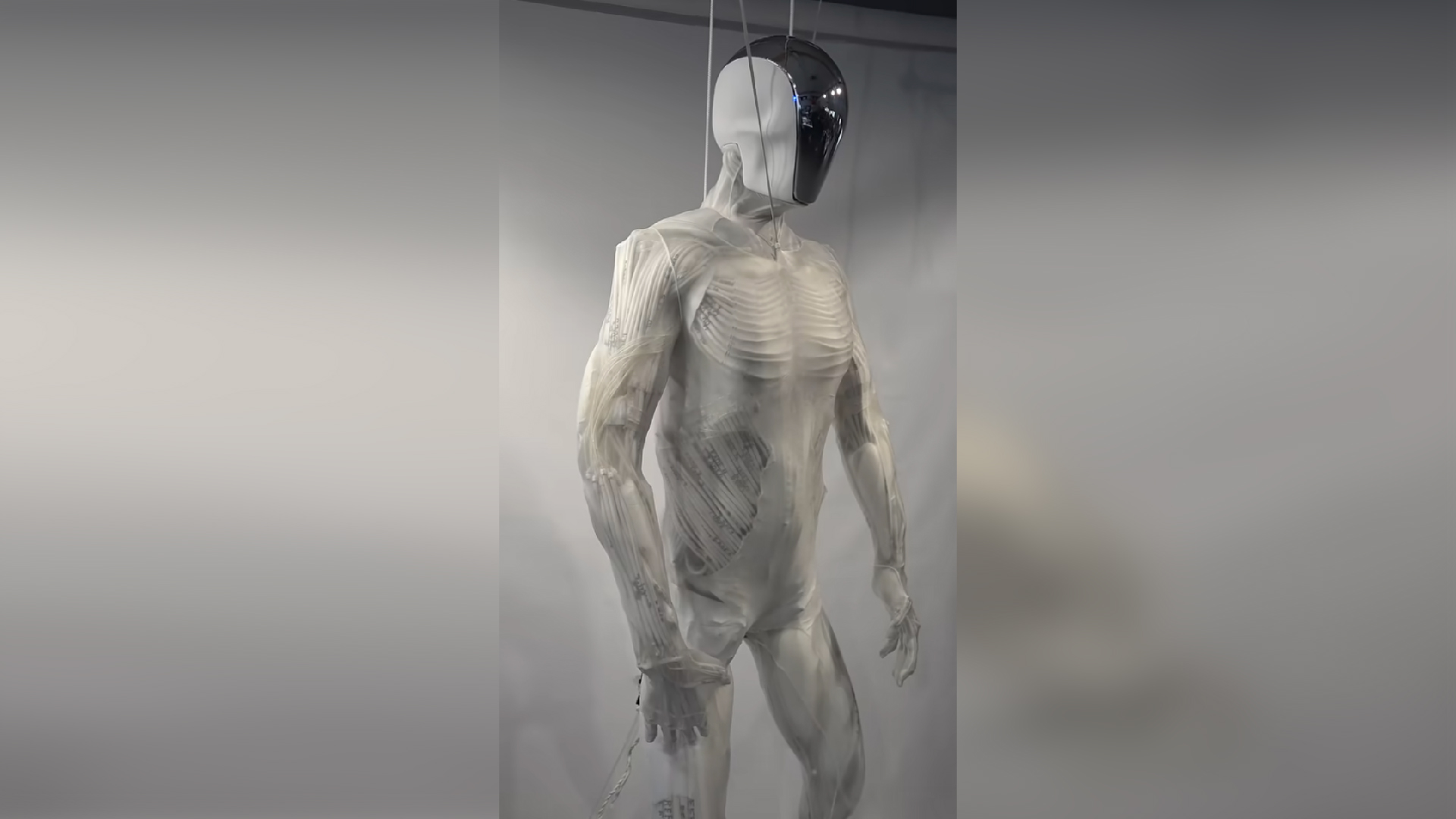Scientists create world's 1st chip that can protect data in the age of quantum computing attacks
Scientists in Switzerland have developed a new method to improve internet security against quantum computing attacks, using quantum-resistant encryption and a new type of hardware.

Engineers have demonstrated a new communications system designed to protect telecommunications against quantum computing attacks.
The system, called "QS7001," was presented on Jan. 22 by representatives of the Swiss semiconductor company SEALSQ at the World Economic Forum in Davos, Switzerland.
To protect data transmitted over the internet, from payment information to personal medical records, the contents of messages are encrypted.
Encryption scrambles information using mathematical problems so complex that they cannot be solved without a "key," which only the authorized parties (the sender and receiver) have access to. Although encryption does not in itself prevent interception of the message, it prevents anyone from reading the contents.
However, scientists theorize that the massive processing power of future quantum computers would allow them to solve complex equations in seconds, where classical computers would have taken millions of years. They therefore have the potential to break conventional encryption technologies, such as RSA encryption.
A weak 50-bit integer of RSA (NIST recommends a minimum of 2048-bit) encryption has already been broken using quantum computers. Global communications could be disrupted if people could no longer securely transmit messages over the internet free from the threat of interception.
Sign up for the Live Science daily newsletter now
Get the world’s most fascinating discoveries delivered straight to your inbox.
The QS7001 system combines two quantum-resistant encryption protocols developed by NIST (Dilithium and Kyber) with a reduction in data transmission time — thereby closing the possible window of opportunity for attacks.
"It’s the evolution of the ever-present arms race between technology to keep us safe and technology that can be used to undo it," Dave Lear, a cybersecurity analyst, told Live Science.
Narrowing the window of opportunity
Quantum-resistant protocols are new encryption techniques that have proved resistant to quantum computing attacks — in that quantum computers are unable to solve the cryptographic key to the encryption and access the information. However, quantum computers are becoming increasingly powerful and could, in the future, even break encryption that is currently resistant to quantum attacks.
"The producers are claiming it’s quantum-resistant, but until it’s properly tested in the wild — and attacked by determined adversaries — we won’t know for sure," said Lear.
In the demonstration, it took a traditional secure microcontroller up to 1,500 milliseconds (one and a half seconds) to transmit sample data protected using the Dilithium encryption protocols. Using the SEALSQ’s QS7001 method, it took approximately 100 ms (one-tenth of a second) to transmit the same data.
This reduced transmission time was achieved by efficiently authenticating, signing and encrypting data while still adhering to the same stringent security certifications. This technique reduced the time that a quantum computer had to intercept and break the encryption of messages.
It is worth noting that this method does not prevent intercepted information from being copied and stored — and at that point, a quantum computer would not be constrained by the reduced transmission time. However, what the QS7001 does is narrow the window of opportunity for interception and prevent intercepted messages from being modified or misdirected.
There are also emerging quantum communication technologies that can be used to detect if a message is being intercepted and cancel the transmission. If QS7001 were to be combined with quantum communications, this could become a powerful tool for protecting our information on a post-quantum internet.
"If it takes longer to decrypt than that key is valid for, then your message is protected," says Lear. "Until they develop a faster tool, of course."
Peter is a degree-qualified engineer and experienced freelance journalist, specializing in science, technology and culture. He writes for a variety of publications, including the BBC, Computer Weekly, IT Pro, the Guardian and the Independent. He has worked as a technology journalist for over ten years. Peter has a degree in computer-aided engineering from Sheffield Hallam University. He has worked in both the engineering and architecture sectors, with various companies, including Rolls-Royce and Arup.
You must confirm your public display name before commenting
Please logout and then login again, you will then be prompted to enter your display name.











